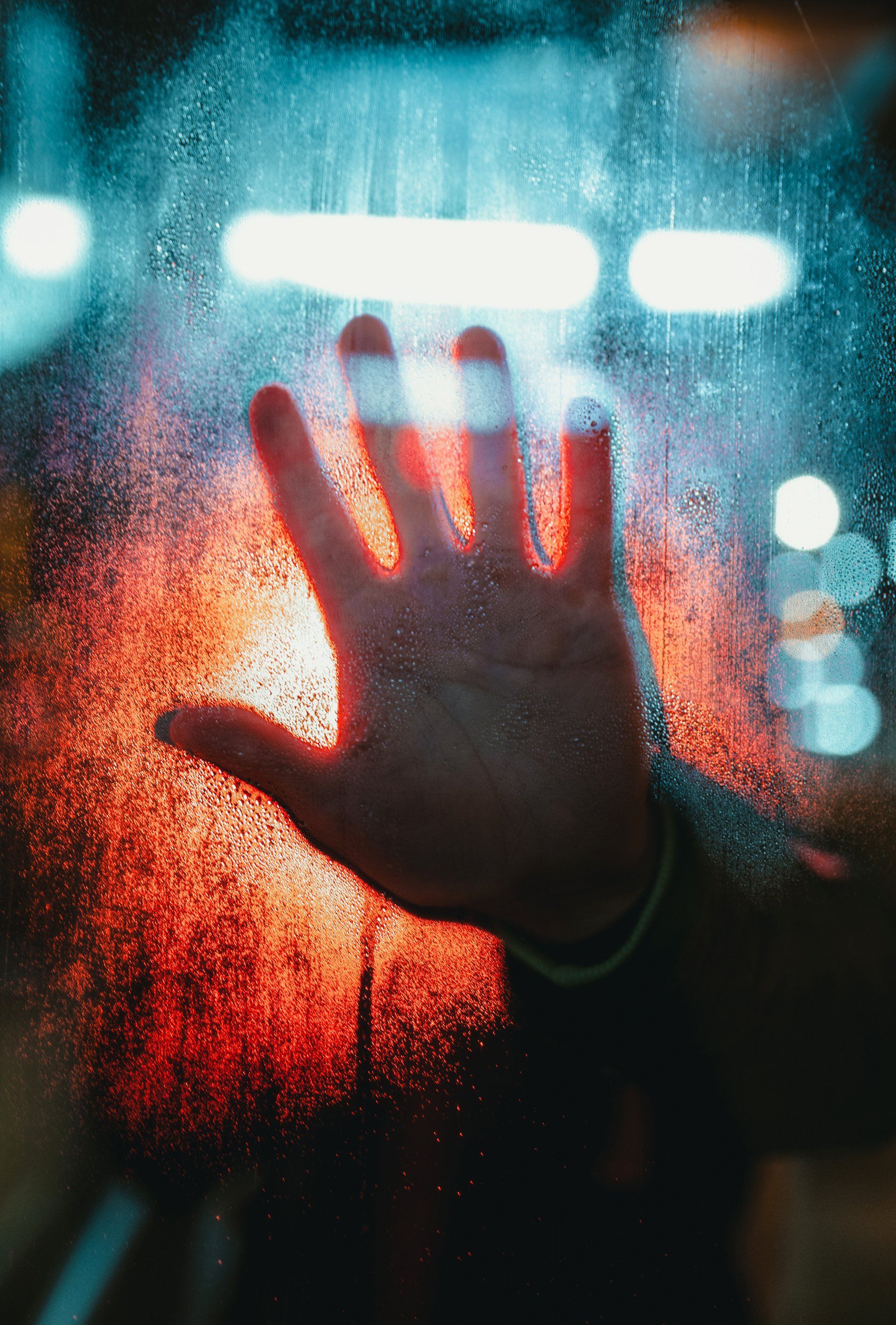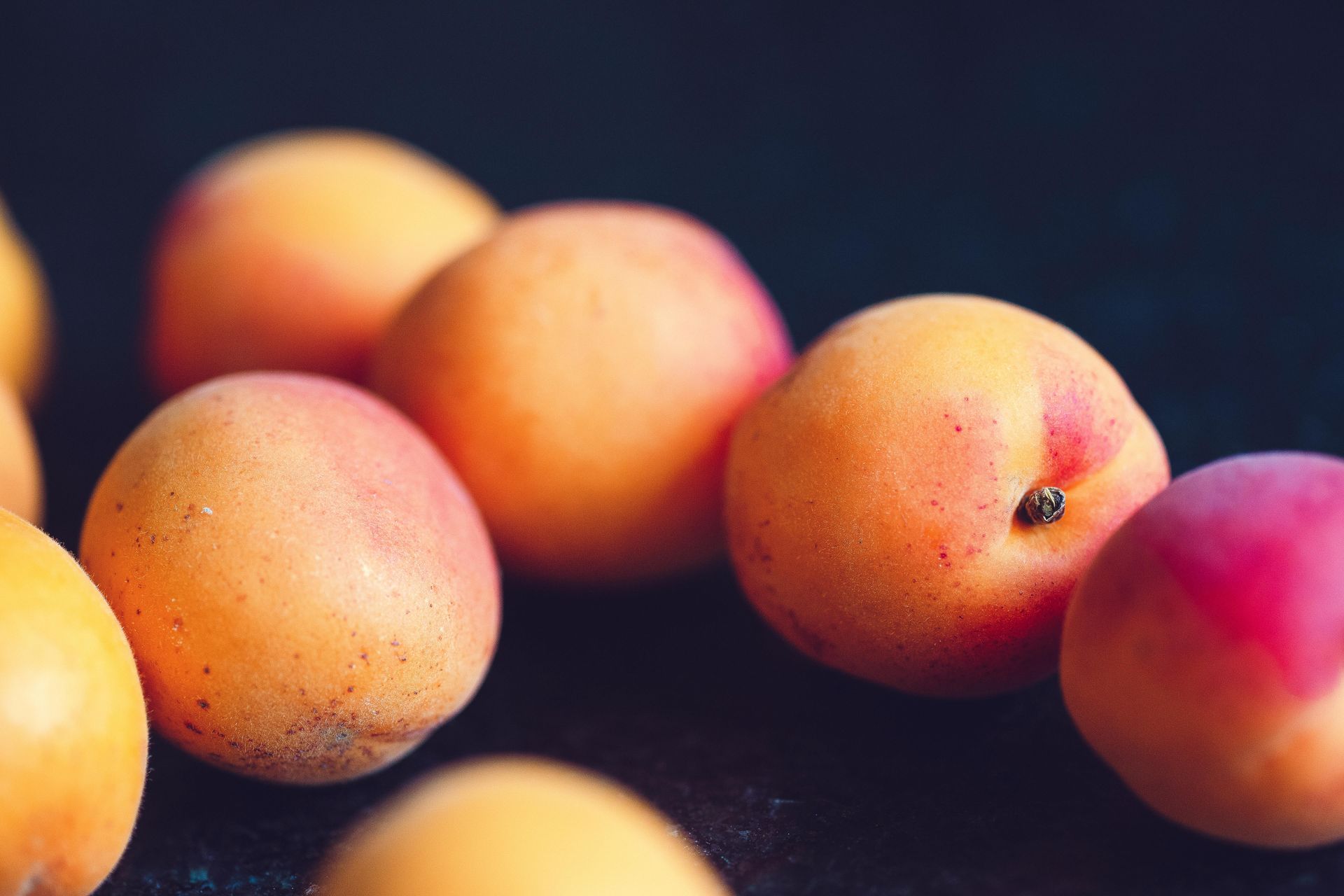A*STAR research proves the impact of UVC on coronaviruses
Coronaviruses are a group of RNA viruses responsible for illnesses in people, mammals and birds. The most recent ancestor of all the coronaviruses on the planet is thought to date back to around 10,000 years ago, but other research hints that these viruses have been around for at least 55 million years and probably co-evolved with bats and birds.
In birds and humans coronaviruses tend to cause respiratory infections, anything from something mild like the common cold to deadly diseases like SARS, MERS, and covid itself. In cattle and pigs coronaviruses cause the runs, and in mice they cause hepatitis and encephalomyelitis.
We’ve known FAR UVC light kills coronaviruses for a long time, with studies going back almost 100 years. Now a team has carried out
head-to-head testing on a collection of different disinfection methods using ultraviolet light to pinpoint the best way to deactivating coronaviruses.
Avoiding the risks you face from mercury in old UVC lamps
UVC light makes viruses inactive by destroying their RNA and DNA. And that’s why innovative irradiation technologies like ours are so popular these days, a lot safer and more efficient than the old-school 254 nm UVC mercury lamps used in healthcare settings. After all,
nobody really wants mercury in a setting where people gather. It’s incredibly nasty stuff.
So how do the various modern ways of harnessing UVC light compare to each other when it comes to killing off coronaviruses?
Testing UVC wavelengths against each other
The team was led by Research Director Weiping Han and Senior Scientist Qunxiang Ong at A*STAR Research’s Institute of Molecular and Cell Biology, along with the Singapore Institute of Manufacturing and Technology.
The study represented the first head-to-head analysis of a variety of UVC wavelengths against two of the coronaviruses affecting humans: hCOV-OC43, whose spike protein is very like SARS-CoV-2, and hCoV-229E, which is a lot like the common cold.
The team tested three UVC light sources: 277 nm UVC LED, 222 nm far UVC, and a traditional 254 nm UVC mercury lamp on the coronaviruses.
The results
The 277 nm UVC LED performed better than the other UVC wavelengths tested. The 254 nm UVC mercury lamp caused more damage to the virus’ genomes, but 277 nm UVC LED delivered a more dramatic degradation of the spike protein, the proteins responsible for viral transmission. And this probably explains why 277 nm UVC LED is ‘more effective in deactivating coronaviruses.’
There’s more. Because 277 nm UVC LEDs are so easy to use in portable devices and fitted units like ours, you need shorter irradiation times - and there’s no risky mercury in the equation.
The take-away? The impact of UVC disinfection depends on the way different wavelengths interact with the various components inside a virus. And this means our tech can help prepare the nation for dealing with outbreaks and pandemics in future.










